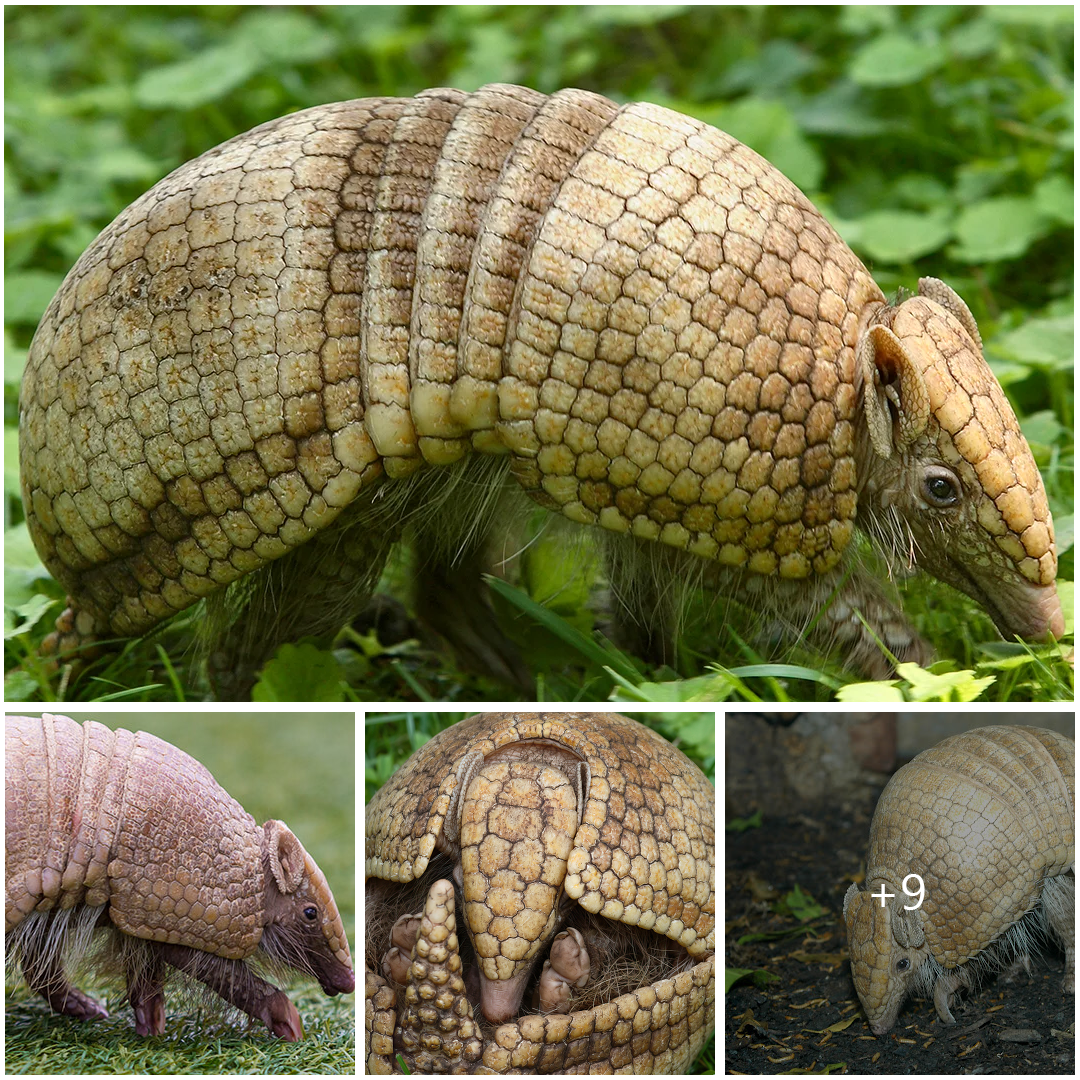
Exploring the Unique Adaptations of the La Plata Three-Banded Armadillo
The La Plata Three-Banded Armadillo (Tolypeutes matacus) is a fascinating and distinctive species of armadillo found in South America, particularly in the grasslands and savannas of Brazil, Argentina, Paraguay, and Bolivia. Renowned for its remarkable adaptations and unique characteristics, this diminutive armored mammal is a symbol of resilience and survival in its natural habitat.
1. Physical Characteristics: The La Plata Three-Banded Armadillo is named for the three moveable bands that allow it to roll itself into a tight, armored ball when threatened—a behavior known as “balling up.” This defensive mechanism provides protection against predators such as jaguars, pumas, and large birds of prey. The armadillo’s outer shell, or carapace, is composed of bony plates covered by a tough layer of keratinized skin, offering further defense against potential threats.
Despite its small size, the La Plata Three-Banded Armadillo possesses formidable claws on its forelimbs, which it uses to excavate burrows, forage for food, and defend itself if necessary. These claws are well-suited for digging through the compacted soil of its grassland habitat and extracting insects, grubs, and other small invertebrates—a primary component of its diet.
2. Habitat and Behavior: The La Plata Three-Banded Armadillo is primarily nocturnal, venturing out under the cover of darkness to search for food and explore its surroundings. It is a solitary creature, preferring to inhabit burrows dug into the sandy soil of its grassland habitat. These burrows serve as shelter from extreme temperatures, as well as protection from predators and inclement weather.

In addition to its remarkable defensive capabilities, the La Plata Three-Banded Armadillo possesses keen senses of smell and hearing, allowing it to detect potential threats and locate food sources in its environment. Despite its relatively slow movements, this armadillo is a skilled and agile digger, capable of excavating burrows with remarkable efficiency.
3. Conservation Status: Like many species of armadillo, the La Plata Three-Banded Armadillo faces threats from habitat loss, fragmentation, and human activities such as agriculture, deforestation, and road construction. As a result, its population has declined in recent years, prompting conservation efforts to protect and preserve this unique species.
Efforts to conserve the La Plata Three-Banded Armadillo include habitat restoration, establishment of protected areas, and public awareness campaigns aimed at reducing human-wildlife conflicts and promoting coexistence. Additionally, research into the armadillo’s ecology, behavior, and reproductive biology is essential for developing effective conservation strategies and ensuring the long-term survival of this iconic species.

In conclusion, the La Plata Three-Banded Armadillo is a remarkable and enigmatic creature, uniquely adapted to its grassland habitat and equipped with a suite of specialized traits for survival. By understanding and appreciating the ecological and cultural significance of this species, we can work together to conserve its natural habitat and ensure a future where the La Plata Three-Banded Armadillo continues to thrive in the wild.





